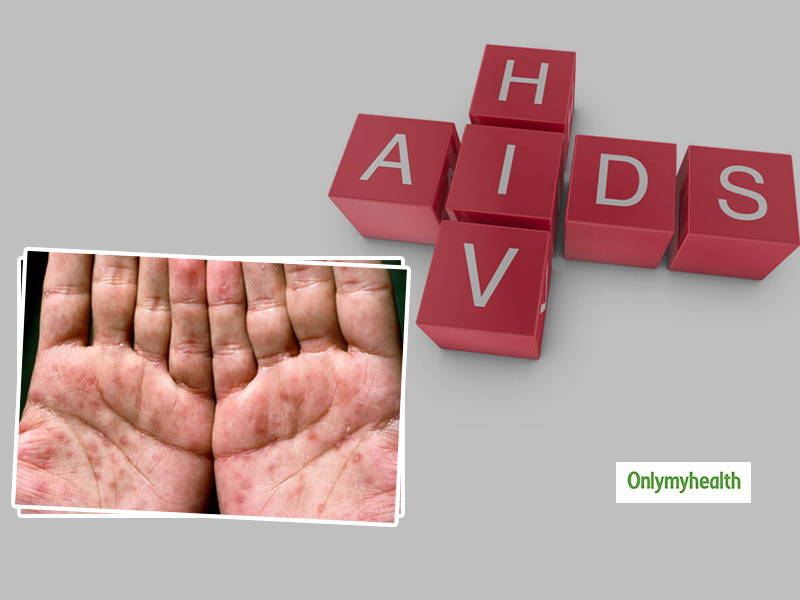
More than 90% of the people suffering from AIDS experience some skin problem or the other throughout detection and treatment. In most cases, the indicators on the skin are the first signs of HIV/AIDS infection. These skin conditions are caused because of various reasons such as psychological stress, HIV, medications such as antiretroviral drug therapy and other treatments and drugs. Although the different skin conditions are not a cause of mortality, skin conditions can cause a blow to the self-esteem of the patient because of scratching disfigurement, and loss of sleep. Dr Rinky Kapoor, Cosmetic Dermatologist (The Esthetic Clinics) shares the most common skin conditions associated with AIDS.
Table of Content:-
- Rashes (Molluscum Contagiosum): These are caused because of the viral infection and is highly contagious. Rashes can spread through skin-to-skin contact, using shared clothes and even by just touching the same objects. These rashes appear in the form of tiny pink coloured bumps. The treatment includes cryosurgery, laser and topical ointments.
- Kaposi sarcoma: This is indicated by dark coloured lesions accompanied by brown, purple, red coloured nodules and swelling on the skin. If not checked in time, Kaposi Sarcoma can affect the body organs and cause breathing problems.
- Herpes Viruses infections: These can cause sores to break out around the genital area or the mount. These sores can manifest into painful shingles on one side of the body. Oral anti-viral medications can help control shingles.
- Facial Lipo Atrophy: The cheeks become hollow because of the loss of underlying fat. The skin specialist can correct this with the help of modern techniques like fat transfer and the use of dermal fillers (poly L Lactic Acid).
- Seborrheic dermatitis: This condition affects the scalp and results in redness, scales, and dandruff. More than 90% of people who have AIDS are likely to suffer from this condition.
- Warts: Warts are caused because of HPV infections, and they appear as bumps with black dots on them. Freezing and surgical removal are common treatments for Warts.
Also Read: Skincare Tips For Combination Skin: Do’s And Don’ts to Keep In Mind During Season Change

- Photodermatitis: This condition makes the skin very sensitive to sunlight, and the skin turns darker in colour even with slightest exposure.
- Oral Hairy Leukoplakia: Thick white lesions appear on the tongue, and they look hairy. Usually, this condition resolves on its own.
- Seborrheic Dermatitis: This is caused because of the overproduction of oil in the skin leading to red and inflamed patches.
Also Read: Here’s All You Need To Know About Types Of Wrinkles And Tips To Reduce Signs Of Ageing
- Dry and irritated skin (eczema): The dry skin can be caused because of the drugs or the vulnerable situation of the skin.
- Oral candidiasis (Thrush): Fungal infection causes creamy, white and raised lesions to appear in the mouth.
- Psoriasis: This condition causes sliver coloured scaly red patches to appear on the skin.

Takeaway Tip: You can help your skin by being kind to it and taking extra care while using skincare products. Modern drugs and expert care will reduce these skin problems. Consult your dermatologist for various treatment options such as corticosteroid creams to reduces redness and swelling, antihistamines to reduce itching, antifungal drugs, Vitamin D Derivatives, topical retinoids etc. that can help with various skin conditions.
Read more articles on Skincare
Also watch this video
How we keep this article up to date:
We work with experts and keep a close eye on the latest in health and wellness. Whenever there is a new research or helpful information, we update our articles with accurate and useful advice.
Current Version